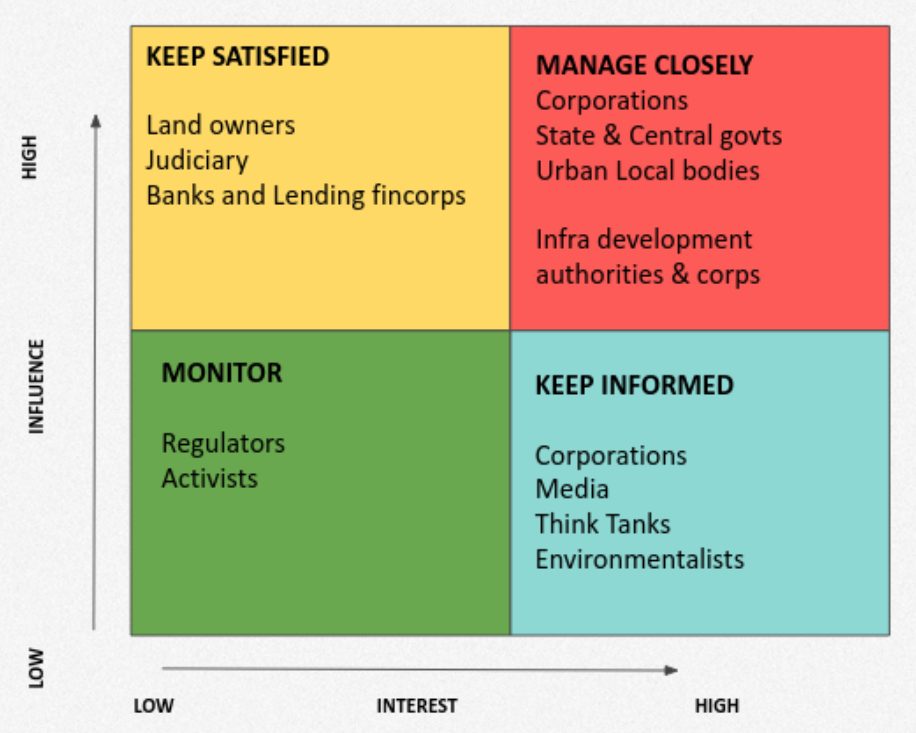GCPP Community task
Building Better Urban Cities:
A Pathway for India in Better Urban Planning and Development
I had this really interesting task for my GCPP assignment with the Takshashila Institution. The goal? To gather around 10 folks for a community exercise on any topic. We chose something related to urban management. I roped in a mix of family and friends to join this virtual pow-wow.
Our group was a diverse bunch – ages ranged from 20 to 50, and we had everyone from software engineers to folks prepping for civil services. We wanted to tackle what makes cities tick – you know, the stuff like livability, tech integration, and infrastructure that makes urban life better. The discussion points being:
- Livable and Prosperous Environments
- Inclusive Engagement of Stakeholders
- Citizen-Centric Approach with Technology Integration
- Focus on Ease of Living and Civic Sense
- Infrastructure Development Priorities
- Regulation in Real Estate and Mitigating Income Disparity
- Investment in Education, Low Crime Rates, and Law Enforcement
- Promotion of Diversity and Migrant Support
- Sustainable Environmental Planning and Infrastructure Development
When we got down to the status quo , our discussions uncovered a laundry list of urban challenges. From overcrowding to water scarcity, messy urban planning, slum issues, and this rising class of urban dreamers, we had a laundry list of problems staring at us. Some discussion points were:
- Population Explosion and Urbanization Trends:
- Resource Constraints, particularly Water
- Economic Shift Towards the Service Sector, Tech-Driven
- Unorganized Sector and Invisible Urban Planning
- Slum Rehabilitation and Urban Cleanliness
- Cosmopolitan Centers and Diversity
- Infrastructure Challenges and Expansion Beyond Metropolitans
- Social and Economic Remittances
- Consumerism and Aspirational Class
- Vehicle Counts and Strain on Urban Planning
We also dived into stakeholder mapping. Exploring how different players influence city decisions was like piecing together a puzzle.

Our brainstorming sessions were fire! We talked about investing in infrastructure, fair real estate rules, education boosts, law enforcement, helping migrants settle, and making cities more eco-friendly. The discussion points were:
- Invest in upgrading road networks, expanding public transportation, and enforcing office shuttle services to reduce individual vehicular usage and traffic congestion.
- Enforce fair real estate regulations to ensure equitable access to housing. Implement inclusive policies that mitigate income disparity and uplift marginalized communities.
- Invest in government educational institutes to provide quality education, empowering all segments of society. Encourage skill development programs for better employment prospects for all strata.
- Strengthen law enforcement to maintain low crime rates. Promote civic education and community engagement to foster a sense of responsibility among citizens.
- Create policies that celebrate diversity and provide support systems for migrants, ensuring they are integrated into the city’s social and economic fabric.
- Embrace sustainable urban planning practices, along with better rainwater management systems and advanced waste management integrating technology to create smarter, more efficient cities that prioritize environmental conservation.
- Foster a citizen-centric approach by engaging all stakeholders like urban local bodies in decision-making processes, ensuring that diverse perspectives contribute to urban development plans.
We voted to deep-dive into the topic of Real estate and Income inequality. It was intense but super insightful. We tossed around ideas like making housing more accessible, controlling rents, boosting wages, and fighting housing discrimination head-on with laws and education. The solutions discussed were:
Accessibility: Enhancing accessibility to housing involves addressing both supply and demand-side factors. On the supply side, increasing the availability of affordable housing units through zoning reforms, public-private partnerships, and tax incentives for developers can help meet the demand for affordable housing. On the demand side, providing financial assistance programs, such as housing vouchers or rental subsidies, can help low-income households afford decent housing.
Affordability: Ensuring affordability requires a combination of measures, including rent control, wage increases, and expanding the supply of affordable housing. Rent control can temporarily mitigate rising rents, but it’s important to consider long-term implications and potential impacts on housing supply. Increase in wages can help households cover housing costs effectively. Expanding the supply of affordable housing can be achieved through zoning reforms, public-private partnerships (PPP), and tax incentives for developers.
Discrimination: Preventing discrimination including the migrated population in housing requires robust anti-discrimination laws, fair housing enforcement, and public education campaigns. Anti-discrimination laws should clearly define prohibited discriminatory practices and provide effective remedies for victims. Fair housing enforcement involves monitoring and investigation of discriminatory practices, as well as timely and effective action against violators. Public education campaigns can raise awareness about fair housing laws and encourage inclusive housing practices.
This wasn’t just an assignment. It was a collective vision of making our cities way better. It taught me how to manage diverse ideas, and pivot to real solutions.